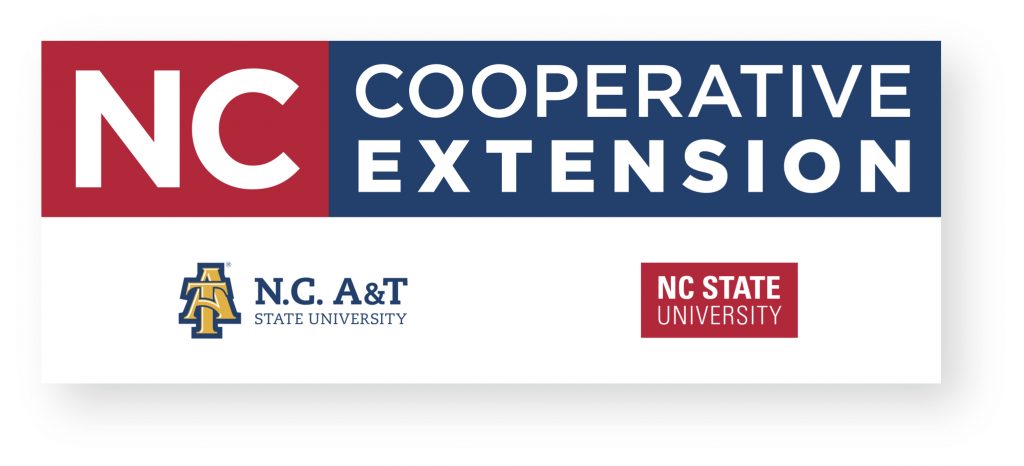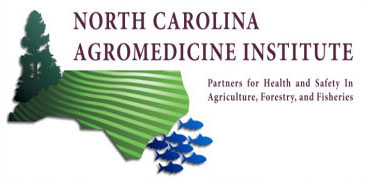Dictionary of Agromedicine
Agromedicine is the systematic teamwork of land-grant and medical universities, in partnership with other agricultural, natural resources and health professionals, in the promotion of health and safety in agriculture, forestry and fisheries. Agromedicine in North Carolina is administered through the NC Agromedicine Institute and is a multi-disciplinary, multi-institutional partnership among East Carolina University, NC State University, and NC A&T State University. The collaboration involves research, prevention, intervention, education, and outreach by physicians, nurses, and allied health professionals; epidemiologists; Extension and rural health educators; toxicologists; veterinarians; agricultural production specialists; agricultural engineers; family and consumer science specialists; and forestry and fisheries specialists. This online dictionary is intended to be an evolving resource and, therefore, we would appreciate receiving any corrections, revisions, and suggestions for additions and deletions from users.
How to use the Dictionary
Visit the online dictionary and simply click on a letter, scroll and browse through entries, or search for an entry via the search function. The “see” or “see also” links go directly to the word or simply type in the first letter of the word of interest.
Suggested Citation
Hodgson, E. and W. G. Cope. 2014. Dictionary of Agromedicine. North Carolina Agromedicine Institute and North Carolina Cooperative Extension Service, Raleigh, North Carolina.
Corrections and Suggestions
The online Dictionary of Agromedicine was launched with over 2,200 published terms. Moving forward, the dictionary will continue to grow and improve, and corrections as well as suggestions for new terms, deletions and other changes are welcome. Please contact Greg Cope at greg_cope@ncsu.edu.
Acknowledgments
We would like to acknowledge Mike Vysocka, Neil McCoy and Shane McCoy for their efforts and expertise in making the Dictionary of Agromedicine available as an online resource.
Editors
Ernest Hodgson, Ph.D.
W. Gregory Cope, Ph.D.
Editorial Committee
Jo Anne G. Balanay, Environmental Health Sciences Program, Department of Health Education and Promotion, East Carolina University, Greenville, North Carolina 27858
Ronald E. Baynes, Department of Population Health & Pathobiology, College of Veterinary Medicine, North Carolina State University, Raleigh, North Carolina 27607
Theodore A. Feitshans, Department of Agricultural & Resource Economics, North Carolina State University, Raleigh, North Carolina 27695-8109
Annette. G. Greer, Department of Bioethics and Interdisciplinary Studies, Brody School of Medicine, East Carolina University, Greenville, North Carolina 27834
Ricky L. Langley, Division of Public Health, North Carolina Department of Health and Human Services, Raleigh, NC 27699-1912
Catherine LePrevost, Department of Applied Ecology, North Carolina State University, Raleigh, North Carolina 27695-7617
Dorcas O’Rourke, Department of Comparative Medicine, Brody School of Medicine, East Carolina University, Greenville, North Carolina 27834
Barrett D. Slenning, Department of Population Health and Pathobiology, College of Veterinary Medicine, North Carolina State University, Raleigh, NC 27607
Julia F. Storm, Department of Applied Ecology, North Carolina State University, Raleigh, North Carolina 27695-7617
Robin Tutor-Marcom, North Carolina Agromedicine Institute, East Carolina University, Greenville, North Carolina 27834
Michael Waldvogel, Department of Entomology, North Carolina State University, Raleigh, North Carolina 27695-7613

